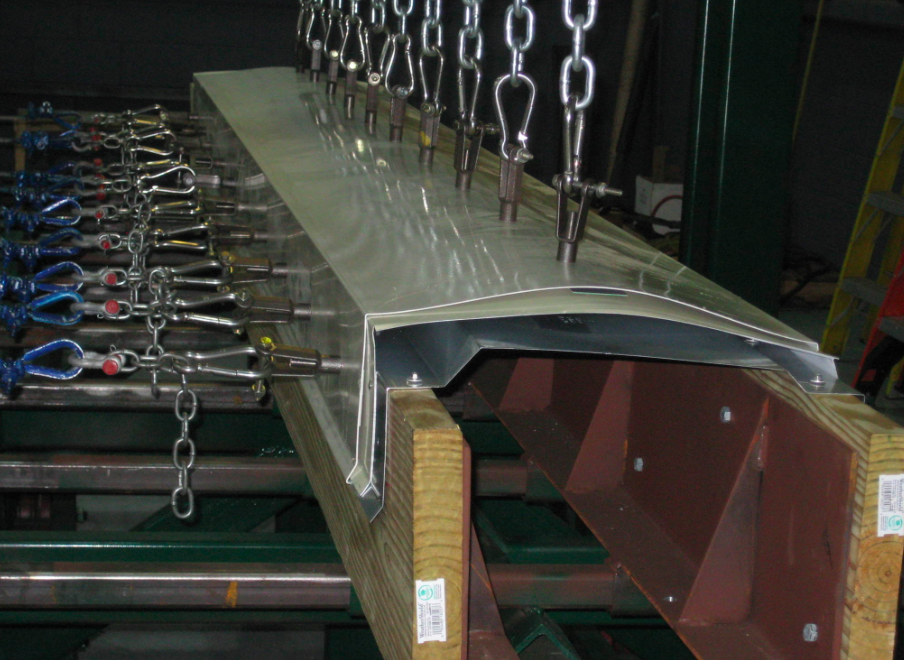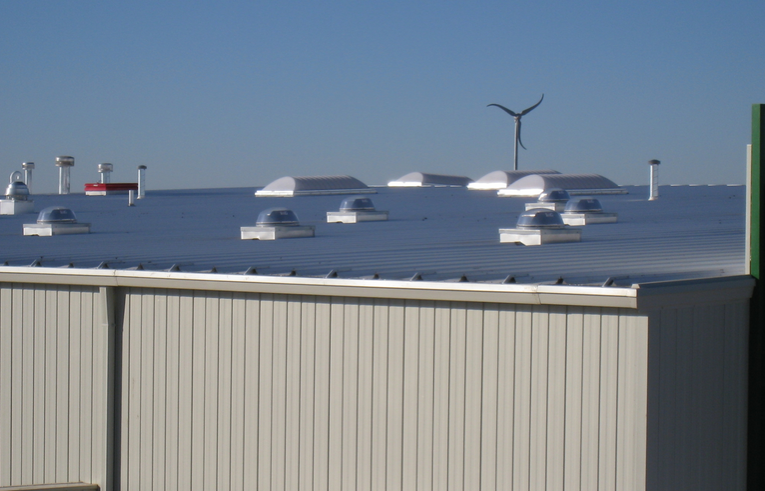The city of Moore, Okla., recognizes it cannot keep doing things the way they’ve always been done. You may recall on May 20, 2013, an EF5 tornado did extensive damage to the town. The new residential construction codes are based on research and damage evaluation by Chris Ramseyer and Lisa Holliday, civil engineers who were part of the National Science Foundation Rapid Response team that evaluated residential structural damage after the May 2013 tornado.
“A home is deconstructed by a tornado, starting with the breaching of the garage door,” Ramseyer explains. “The uplift generated by the wind causes the roof to collapse until the pressure pulls the building apart. These new residential building codes could possibly prevent that in the future.”
The new codes require roof sheathing, hurricane clips or framing anchors, continuous plywood bracing and windresistant garage doors. Moore’s new homes are required to withstand winds up to 135 mph rather than the standard 90 mph.
Although the city of Moore deserves to be commended for passing a more stringent building code less than one year after the 2013 tornado, this wasn’t the first damaging tornadic event Moore had experienced. The town also made national headlines in 1999 when it was hit by what was then considered the deadliest tornado since 1971. Moore also was damaged by tornadoes in 1998, 2003 and 2010. In my opinion, it was time for the Moore City Council to do the right thing by its citizens.
As extreme weather events occur more frequently, more emphasis is being placed on commercial roof wind resistance, as well. Robb Davis, P.E., recently attended a continuing-education conference for civil/structural engineers that discussed changes in the 2012 International Building Code and the referenced ASCE 7-10 “Minimum Design Loads for Buildings and Other Structures”. During the seminar, it became clear to Davis that nobody is specifically responsible for the design of wind loading to rooftop equipment as defined in the IBC and Chapter 29 of ASCE 7-10. Therefore, Davis reached out to Roofing because he believes it’s important roofing professionals understand the code requirements for wind loading to rooftop equipment, how the load is determined and applied, and how the load is transferred to the building structure. Davis shares his insight in “Tech Point”.
As Davis points out in his article, by better understanding wind loads on rooftop equipment, roofing professionals will be even better positioned to lead the design and construction industry in creating more resilient roofs and, ultimately, strengthening the structure and protecting the people underneath.




Be the first to comment on "Against the Wind"